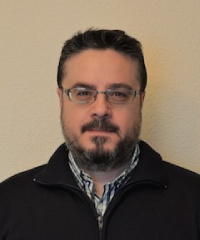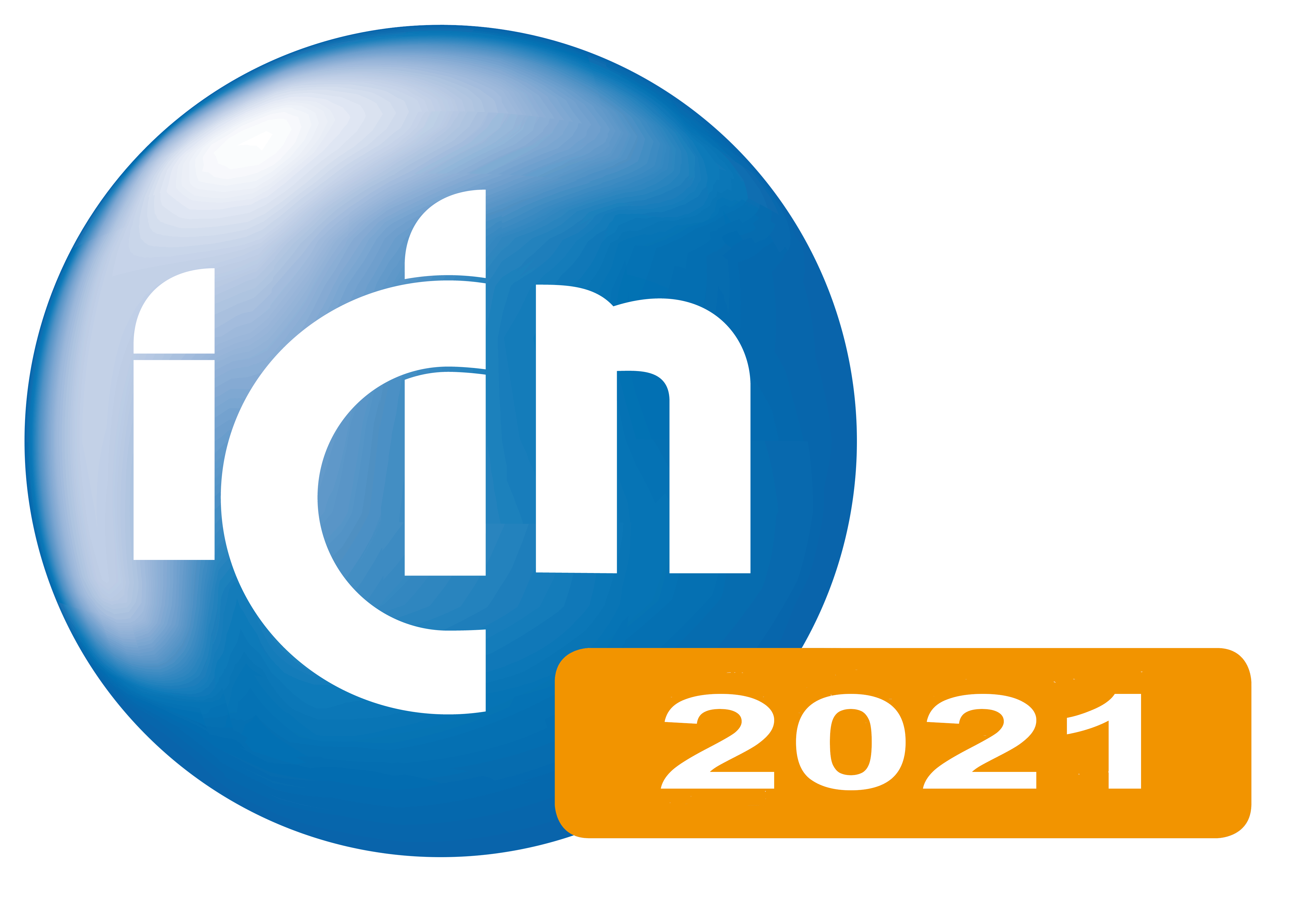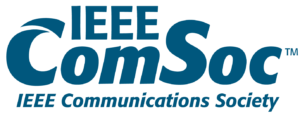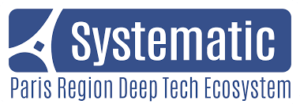Keynote #1
Title: Vertical Edge Computing and Networking
Abstract: Vertical edge computing is capable of performing much more complex and extensive tasks than their less networked embedded predecessors. By extracting the computing and control functions from the floor to the edge, it reduces the CAPEX of the industrial control system and increases their flexibilities. In many cases, the edge is also a better place than the cloud for the data analysis and process to protect the data privacy. Different from the human to human-centric communication, the vertical communication is more machine oriented. The interruption of the service might cause serious damages to the production and/or people, which is non-affordable in many cases. The vertical edge computing demands higher determinism and reliability, enabled by both virtualization and networking technologies. This talk will focus on the vertical networking aspects illustrating how to design a high-precision, coordinated, secure and reliable network to support the future vertical communication requirements.

Zhe Lou (David)
(Chief Researcher, Huawei Germany)
Bio: David Lou graduated as Ph.D. in Electronic Engineering at Ghent University in 2005. In the same year he joined the Alcatel-Lucent Bell Labs as an Innovation Researcher. He had a leading involvement and management role in several European and national research projects (Giant, Smart Touch, Metaverse1, Mistra, Shift-TV, etc.), and standardization bodies (MPEG). In 2016 he joined Huawei Technologies as a Chief Researcher based in Munich, Germany. He is responsible for defining the research strategy, steering disruptive network innovation and coordinating collaboration with industrial and academic partners. He is also leading the standardization activities in various SDOs (e.g. ITU-T, IETF, ETSI, etc.) His interests mainly covers IoT/IIoT/I4.0, next generation industrial networking architecture, deterministic communication, network privacy, video streaming and transportation, and immersive communication. He is the co-chair of the IIC Networking Task Group and has been actively involved in relevant industrial development activities. He has (co-) authored more than 30 scientific publications and white papers. He has been granted with more than 20 patents.
Keynote #2
Title: Towards B5G – an operator’s viewpoint
Abstract:
Telecom Industry is starting to look at potential evolutionary paths from 5G, currently being deployed. Initiatives around concepts such as Beyond 5G, Network 2030 or even 6G are now flourishing, proposing and promoting very ambitious scenarios in terms of functionality and requirements needed.
The combination and exploitation of a variety of both novel and existing technologies and architectures can be expected for addressing that needs, either extending or complementing current networks. Moreover, this will most probably occur in an interworking scenario formed by heterogeneous shared infrastructures. Then, it will result key for the operation of the network the cooperative collection and sharing of service and infrastructure indicators for taking the best decision at every moment.
Very important, all that transition should ensure sustainability, identifying proper ways of migration and incremental introduction of novel services, according to market trends. This talk discusses the challenges that operators will need to face, from the perspective of the transport network, in their evolution from 5G to future advanced scenarios.

Luis Miguel Contreras Murillo
(Telefonica, Spain)
Bio:
Luis M. CONTRERAS earned a Telecom Engineer degree at the Universidad Politécnica of Madrid (1997), and holds an M. Sc. on Telematics jointly from the Universidad Carlos III of Madrid and the Universitat Politècnica of Catalunya (2010).
Since August 2011 he is part of Telefónica I+D / Telefónica Global CTO unit, working on 5G, SDN, virtualization, transport networks and their interaction with cloud and distributed services, as well as on interconnection topics. He is also part-time lecturer at the Universidad Carlos III of Madrid.
Before the position in Telefónica he worked in Alcatel and Orange. He is actively involved in research and innovation activities, with 70+ papers published in relevant journals, magazines and conferences, being regular speaker at reputed academic and industrial events.
He has participated on several projects funded by the European Commission and the ESA. Currently he is working on the EU H2020 projects 5GROWTH and 5G-EVE, the EU-TW 5G-DIVE, and the EU GNSS Agency project ROOT. On the standardization arena, he is active contributor to IETF (authoring five RFCs), ETSI, O-RAN, ITU-T and ONF.
Keynote #3
Title: FlexNGIA – The New Frontiers for Future Tactile Internet
Abstract: From virtual reality and teleportation to telepresence, augmented reality, holograms, and remotely controlled robotics, these future network applications promise an unprecedented development for society, economics, and culture. Unfortunately, today’s Internet falls short when it comes to providing the stringent performance requirements imposed by such applications. This is due to several fundamental limitations in the design of the current network architecture and communication protocols. As a result, there is a pressing need to rethink the network architecture and protocols, and efficiently harness recent technologies in terms of control and data plane, in-network computing, cloud computing, virtualization, and softwarization to devise the next-generation tactile Internet.
In this talk, we start by analyzing the characteristics and requirements of future networking applications and highlight today’s Internet limitations. We then draw a rough sketch of FlexNGIA (www.FlexNGIA.net), a Flexible Next-Generation Internet Architecture that leverages in-network computing, network softwarization, and virtualization to satisfy the requirements of future Internet applications and services. We also discuss through some use-cases how FlexNGIA could ensure the service level guarantees required by some of the future network applications.

Mohamed Faten Zhani
(ETS Montreal, Canada)
Bio: Mohamed Faten Zhani is an associate professor with the department of software and IT engineering at l’École de Technologie Supérieure (ÉTS Montreal) in Canada. His research interests include future Internet architectures, cloud computing, network function virtualization, software-defined networking, and resource management in large-scale distributed systems. Faten has co-authored several book chapters and research papers published in renowned conferences and journals including IEEE/IFIP/ACM CNSM, IEEE/IFIP IM/NOMS, IEEE INFOCOM, IEEE transactions on cloud computing, and IEEE Journal on Selected Areas in Communications (JSAC). He delivered more than 10 keynote speeches in renowned conferences and workshops in the last couple of years. He also served as the general or technical program chair of several international workshops and conferences. He is also co-editor of the IEEE Communications Magazine series on network softwarization and management, associate editor of the IEEE Transactions of Network and Service Management, Wiley international journal of network management, and managing editor of the IEEE softwarization newsletter.
He is co-founder and vice-chair of the IEEE Network Intelligence Emerging Technology Initiative and a cluster lead at the IEEE P1916.1 SDN/NFV Performance standard group. Faten recently received the IEEE/IFIP IM 2017 Young Researchers and Professionals Award as a recognition for outstanding research contribution and leadership in the field of network and service management. More details are available on his web page.
Keynote #4
Title: Maturing Decentralised CDNs using InterPlanetary File System
Abstract: The InterPlanetary File System (IPFS) is a peer-to-peer content-addressable distributed file system that seeks to connect all computing devices with the same system of files. It is an open-source, community-driven project with a global community of thousands of contributors and millions of users.
An adjacent project to IPFS is Filecoin. Filecoin is a cryptocurrency that supports a decentralised storage and delivery network. Storage and retrieval miners are rewarded according to their contribution to the network and the mechanics of Filecoin secure the network against malicious activity.
IPFS and libp2p are becoming the de facto standard for data storage in the Decentralised Web and as such they are being used by a vast number of projects and initiatives in this space, including among many others the Ethereum platform. The basic principles and core components of the IPFS protocol stack have their roots in academic research and are therefore deeply linked with the academic world. The IPFS/libp2p stack can facilitate your research and implementation projects, and is a useful tool for any researcher.

Yiannis Psaras
(Protocol Labs, UK)
Bio: Dr. Yiannis Psaras is a Research Scientist at Protocol Labs. He is heavily involved in identifying the future research directions for IPFS and libp2p, especially with regard to the limitations that current versions of the protocols are expected to face.
Before joining Protocol Labs, he was an EPSRC Fellow and University Lecturer (Assistant Professor) at University College London. For the past decade he has been interested in areas related to resource management techniques for current and future networking architectures with a particular focus on routing, caching, and congestion control. Over the last few years he has focused on function-centric networks to realize distributed and decentralized edge computing, also referred to as “computing in the network”. He held a prestigious EPSRC Early Career Fellowship (2015-2020) in the area of “decentralized content-oriented and service-centric edge-computing architectures”. He has been heavily involved in the effort to shift the Internet towards an Information-Centric Networking environment, which he is now materializing through his contribution to the IPFS Ecosystem.
Dr. Psaras has received five (5) Best Paper Awards for his work and has attracted more than £2.5M in research funding to date from the Engineering and Physical Sciences Research Council (EPSRC, UK), the EU FP7/H2020 framework programs, and from Innovate UK.









